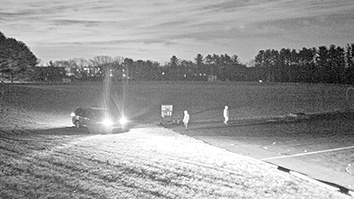Citation
Bojinov, H., Sanchez, D., Reber, P., Boneh, D., & Lincoln, P. (2014). Neuroscience meets cryptography: crypto primitives secure against rubber hose attacks. Communications of the ACM, 57(5), 110-118.
Abstract
Cryptographic systems often rely on the secrecy of cryptographic keys given to users. Many schemes, however, cannot resist coercion attacks where the user is forcibly asked by an attacker to reveal the key. These attacks, known as rubber hose cryptanalysis, are often the easiest way to defeat cryptography. We present a defense against coercion attacks using the concept of implicit learning from cognitive psychology. Implicit learning refers to learning of patterns without any conscious knowledge of the learned pattern. We use a carefully crafted computer game to plant a secret password in the participant’s brain without the participant having any conscious knowledge of the trained password. While the planted secret can be used for authentication, the participant cannot be coerced into revealing it since he or she has no conscious knowledge of it. We performed a number of user studies using Amazon’s Mechanical Turk to verify that participants can successfully re-authenticate over time and that they are unable to reconstruct or even recognize short fragments of the planted secret.


